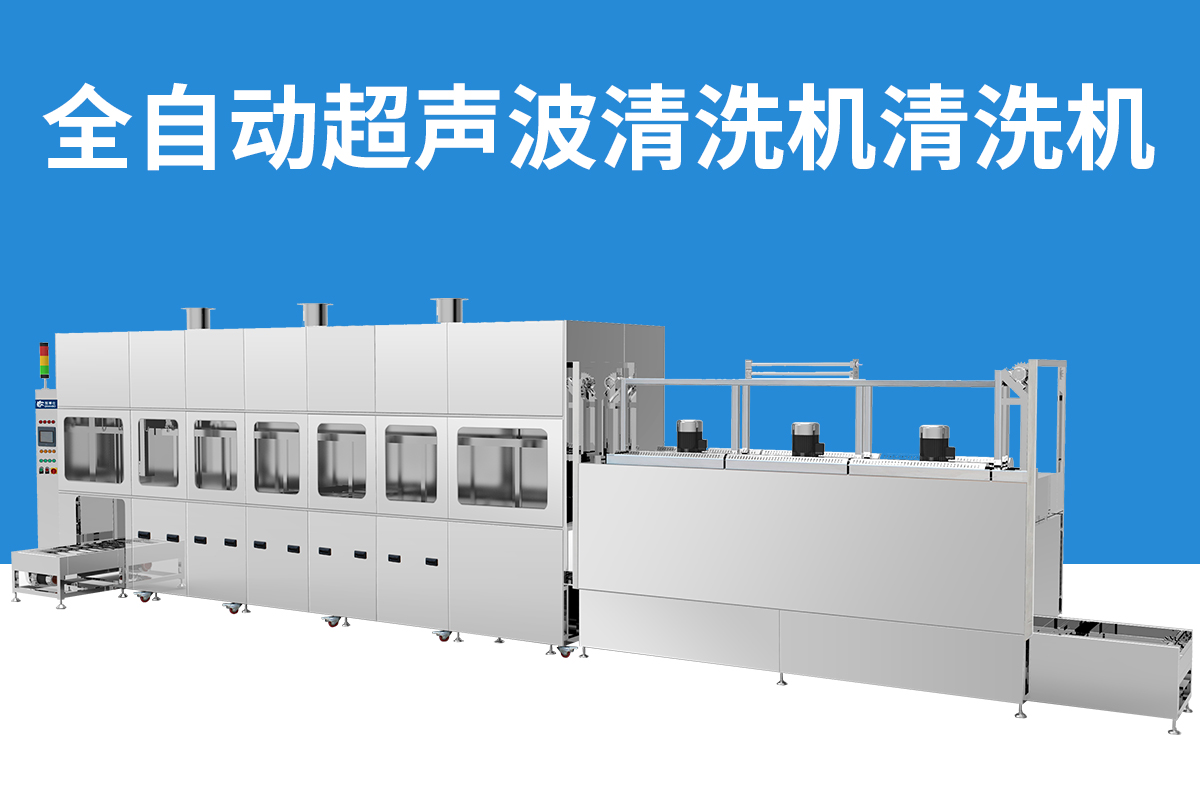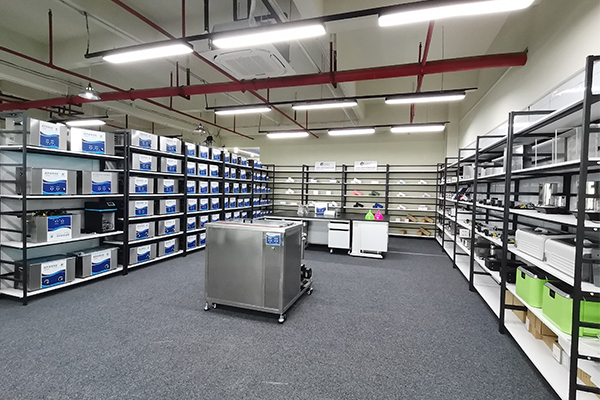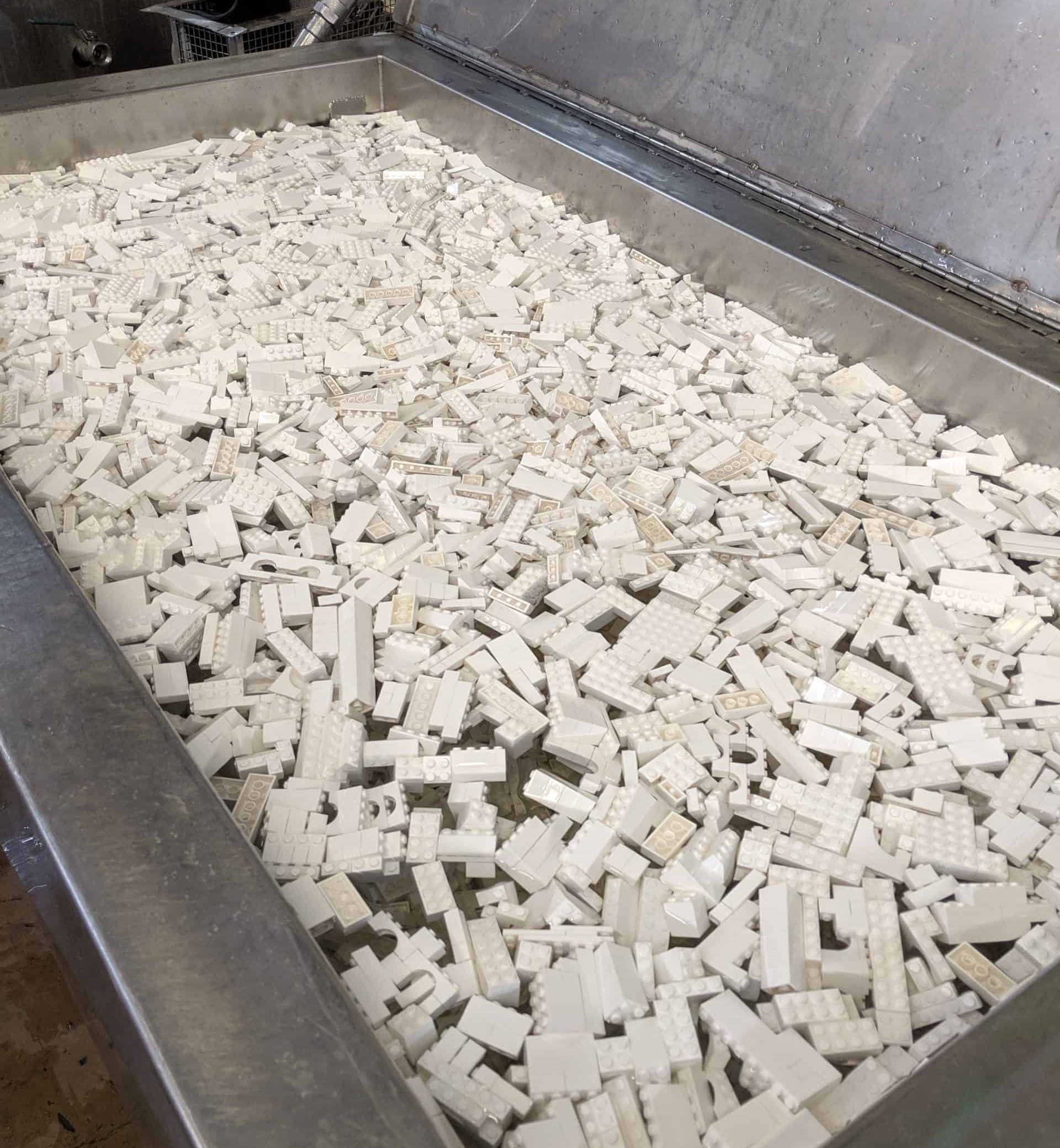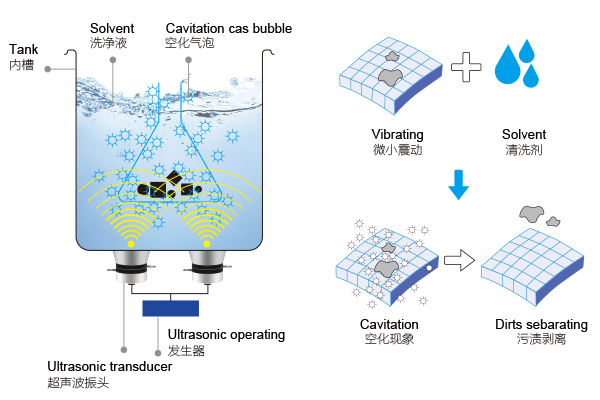Relay is an important part of the automatic control system, through the contact to turn on and off to control the circuit, the pass is on, the break is off, the reliability requirements are very high. If the relay contacts fuse (off failure), or the contact resistance is too large (on failure), it will cause control failure, resulting in a major accident. Therefore, cleaning is an important part of the end process.
1、Cleaning characteristics
The main contaminants in the relay preparation are stamping oil, dust, particles, welding residues, etc.. These pollutants increase the contact resistance of the contacts and increase the chemical corrosion, resulting in on/off failure and shortened overall life.
In the structure of the relay composition, the use of a wide variety of materials, there are contacts ﹑ reeds and other metal materials, there are wires, coils, ferrite, plastic, etc.. Therefore, the cleaning should be balanced, not only can not make the metal corrosion, but also can not make other materials dissolved, swelling, deformation and damage.
2、Cleaning fluid selection
Relays are electromechanical devices, there are certain insulation requirements, therefore, the cleaning fluid should be good insulation. Traditionally used Freon – TE cleaning agent belongs to the ODS range of solvents, has now stopped using, so the choice of cleaning fluid must be selected in the alternative solvent.
Currently there are AK-225AE (azeotropes with ethanol added), or AK-225AES, boiling point of 50 ℃; or azeotropes with n-bromopropane and isopropanol, boiling point of 68 ℃. This is because the relay is an electronic device, does not allow the presence of ionic contaminants, so it must be added to the solvent polar solvents, such as methanol, ethanol, isopropanol, etc., otherwise it can not remove ionic contamination.
3、Cleaning process
Relays are generally used solvent-based cleaning process.
Selected ultrasonic frequency of 28 ~ 40kHz, the cleaning solvent radiation ultrasonic power. Workpiece rinsing in the solvent vapor layer, when the surface of the workpiece is no longer condensation, a short stay, the workpiece is completely dry and put forward. Note that immersion, ultrasonic washing and vapor phase rinsing are in the same cleaning solution.
Process one: [ultrasonic soaking and washing] → [cold rinsing] → [vapor phase rinsing] 1 → [cooling and drying]
Process two: [ultrasonic immersion washing] → [spray washing] → [vapor phase rinsing] 2 → [cooling and drying]




